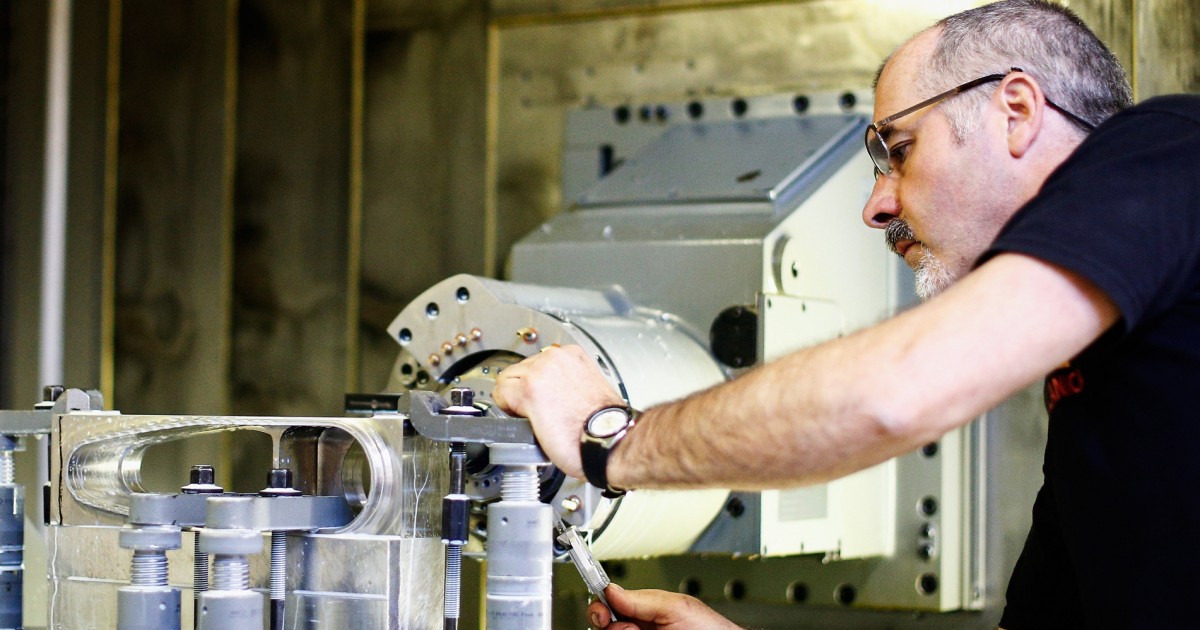
Radiation Environment
Radiation environment refers to the conditions of ionizing and non-ionizing radiation in space that can affect spacecraft, astronauts, and electronic equipment. The sources of radiation in space include solar flares, galactic cosmic rays, and trapped radiation belts around planets. The intensity and energy of radiation can vary depending on the location in space, the solar activity, and the shielding provided by the spacecraft. Exposure to radiation can cause damage to biological tissues, affect the performance of electronic devices, and increase the risk of cancer and other health problems for astronauts. Therefore, radiation environment is an important factor to consider in the design and operation of spacecraft and space missions.
Your Previous Searches
Random Picks
- Interceptor Missile: An interceptor missile is a type of missile designed to intercept and destroy an incoming missile or other target. Interceptor missiles are typically used as part of a missile defense system to protect against enemy attacks. They are design ... Read More >>
- MAPS-NET: MAPS-NET (Multi-Aperture Pixel-Subsampling for Near-Earth Object Tracking) is a space-based telescope system designed for detecting and tracking near-Earth objects (NEOs) such as asteroids and comets. The system uses a network of small tele ... Read More >>
- High Temperature Resistance: High temperature resistance refers to the ability of materials, components, and systems to withstand and operate in extreme temperature environments encountered in space and astronautical engineering applications. These environments include ... Read More >>
Top News

A day at Uranus just got 28 seconds longer...
A day at Uranus just got a little longer...
News Source: ABC News on 2025-04-07

SpaceX's Fram2 returns from first-of-its-kind mission around Earth's poles...
The Fram2 mission, paid for and led by a cryptocurrency billionaire who is flying with three guests, has returned after a journey on a unprecedented polar orbit....
News Source: CNN on 2025-04-04

Scientists release plans for an even bigger atom smasher to address the mysterie...
GENEVA — Top minds at the world’s largest atom smasher have released a blueprint for a much bigger successor that could vastly improve research into the remaining enigmas of physics....
News Source: NBC News on 2025-04-01

Scientists release plans for even bigger atom smasher along the French-Swiss bor...
Scientists at the world’s largest atom smasher have released a blueprint for a much bigger successor that could help solve enigmas of physics, starting in the mid-2040s at a cost of about $16 billio...
News Source: ABC News on 2025-04-01

The 'Blaze Star' hasn't exploded yet, but it could soon...
T Coronae Borealis has an outburst every 79 to 80 years, according to NASA....
News Source: ABC News on 2025-03-28